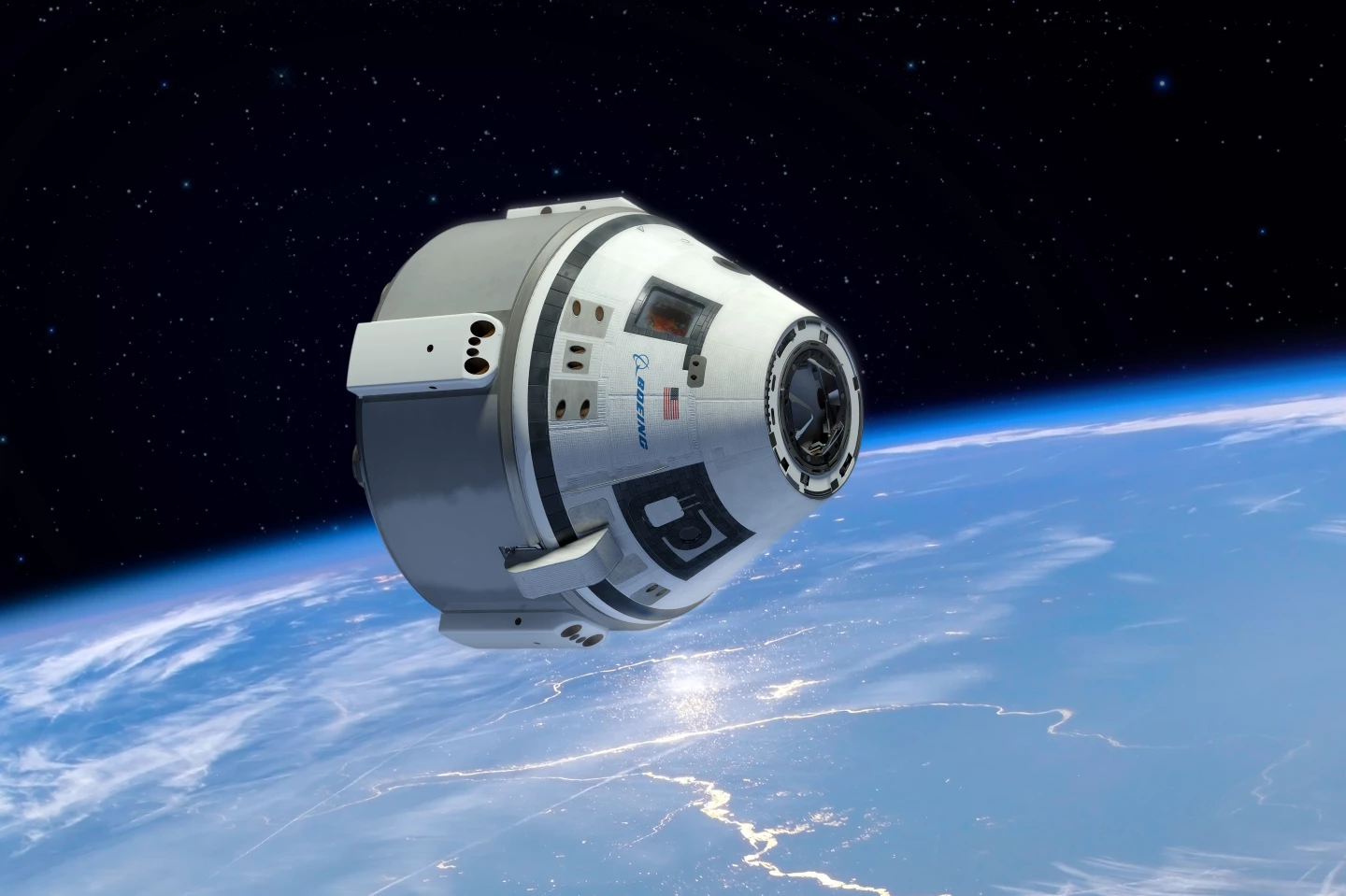Boeing's CST-100 Starliner spacecraft suffered a major setback on its maiden spaceflight today. About 15 minutes after a successful liftoff from Space Launch Complex 41 on Cape Canaveral Air Force Station in Florida atop a United Launch Alliance Atlas V rocket at 6:36 am EST, the unmanned vehicle designed to ferry astronauts to and from the International Space Station (ISS) suffered a timer malfunction that has placed it in an incorrect orbit.
According to NASA, the Starliner is in a stable orbit at an altitude of 216 x 186 km (134 x 116 mi) and flight engineers are trying to determine exactly what happened, the status of the spacecraft, and how to boost it into a higher orbit. However, the rendezvous with the ISS has been abandoned in favor of returning the capsule to a controlled landing at Whites Sands Missile Range in New Mexico after about 48 hours.
The CST-100 Orbital Flight Test was originally intended as a full automated mission test of the spacecraft before sending up an astronaut crew. The mission profile was for the Starliner to dock with the space station and then return under automated control for a soft landing back on Earth.

Today's launch took place under favorable weather conditions. The lift-off was on schedule with the solid rocket boosters jettisoning at two and a half minutes into the flight, followed by the separation of the main stage and the ignition of the Centaur upper stage. At the 15-minute mark, the Starliner successfully separated from the Centaur.
At this point, NASA says that an onboard timer reset itself, causing the computer to lose its place in the mission timeline and acted as if it was executing an orbit burn at the wrong time. Normally, this would have been corrected by orders from Mission Control, but the vehicle was caught in a gap between two relay communication satellites.
At a press conference, a NASA spokesperson said that had a crew been aboard, the human pilot would have been able to make the corrections manually. In the meantime, NASA and Boeing are determining the best way to boost the spacecraft into the preferred orbit to take it back to White Sands.
Source: NASA





